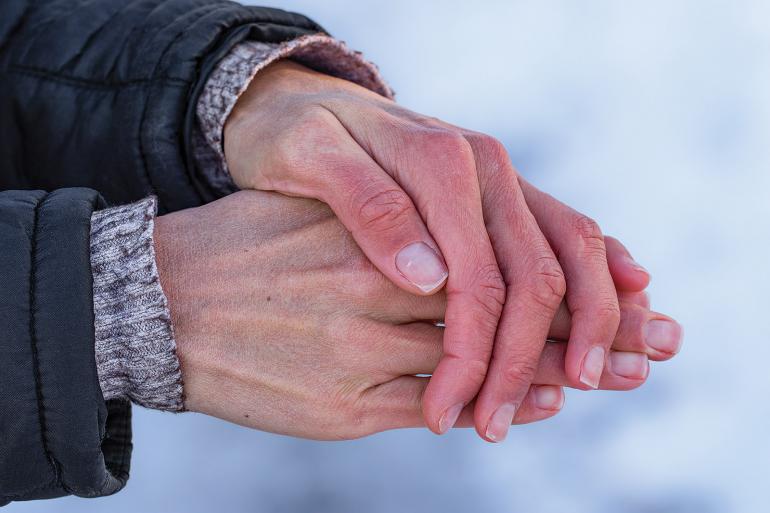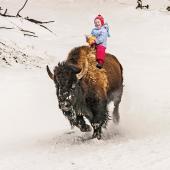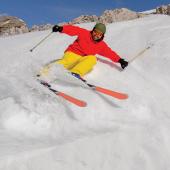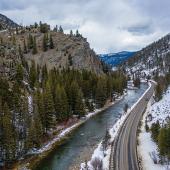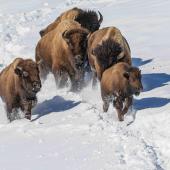Cold Hands
Tips for winter skin care.
Montana’s harsh winter climate offers countless recreational opportunities; however, the extreme weather poses challenges to our health—particularly the skin. Though skin is the body’s largest organ, its crucial role is often overlooked. As a barrier, it defends against fluctuating temperatures and humidity, toxins, irritants, and pathogens. While skin is highly adaptable, its function may be disrupted by stressors such as cold, wind, and dryness, ultimately leading to problems.
Beyond just dry skin, the cold can result in several acute conditions, including frostbite, chilblains, and Raynaud’s.
Dry skin is a persistent winter problem. Cold, dry air leads to moisture loss from the skin, leaving it less resilient and prone to breakdown. Dry skin is deficient in ceramides—protective molecules that act as glue between skin cells—resulting in skin that is brittle and permeable to pathogens. Regular moisturizing can help rehydrate dry skin. When choosing a moisturizer, match it to the skin area. Heavy ointments are ideal for severely chapped skin, while lighter, hyaluronic acid-based creams are best for daily facial use. Select fragrance-free products to minimize irritation. Finally, protect skin from UV rays using a mineral-based sunblock with at least SPF 30.
Beyond just dry skin, the cold can result in several acute conditions, including frostbite, chilblains, and Raynaud’s. Frostbite occurs after sustained exposure to temperatures below 32 degrees, and can develop within minutes depending on temperature and wind chill. Affected skin becomes numb, waxy, then may ulcerate or form blackened patches. Small frostbit areas can be gently rewarmed, but extensive frostbite should be evaluated by a physician to prevent significant tissue loss.
Small frostbit areas can be gently rewarmed, but extensive frostbite should be evaluated by a physician to prevent significant tissue loss.
Chilblains manifests as itchy patches on the toes after prolonged exposure to wet clothing. Moisture-wicking garments can help prevent chilblains, and innovations like battery-heated socks may be beneficial. Raynaud’s is marked by painful cramping in fingers or toes, often triggered by the cold. As with chilblains, proper clothing can help prevent this condition.
Montana winters provide exhilarating outdoor recreation and stunning scenery, but also challenges to our skin health. Therefore, skin care should receive its fair share of attention when planning a backcountry ski tour or other winter outing. If initial attempts to manage skin issues fail, consider consulting a dermatologist.
Dr. Christopher Crowley is a care provider at SkinCare MT. To schedule an appointment, visit skincaremt.com.

